When you shaved or donated your hair, changed your style, or just impatiently waited for your locks to catch a wave, did you ponder the deep, intriguing process—scientifically, unless you’re inclined to philosophical musings—of hair growth? Whether you just got done shaving your head to raise money to Conquer Kids’ Cancer at a local St. Baldrick’s event or you miscalculated how short you were trimming your bangs, many will wonder—how long will it take my hair to grow back? Whatever the reason, unlocking the mysteries of hair growth isn’t just vanity’s fascination; it’s a study of applied biology that can be as emotionally rewarding as it is factual.



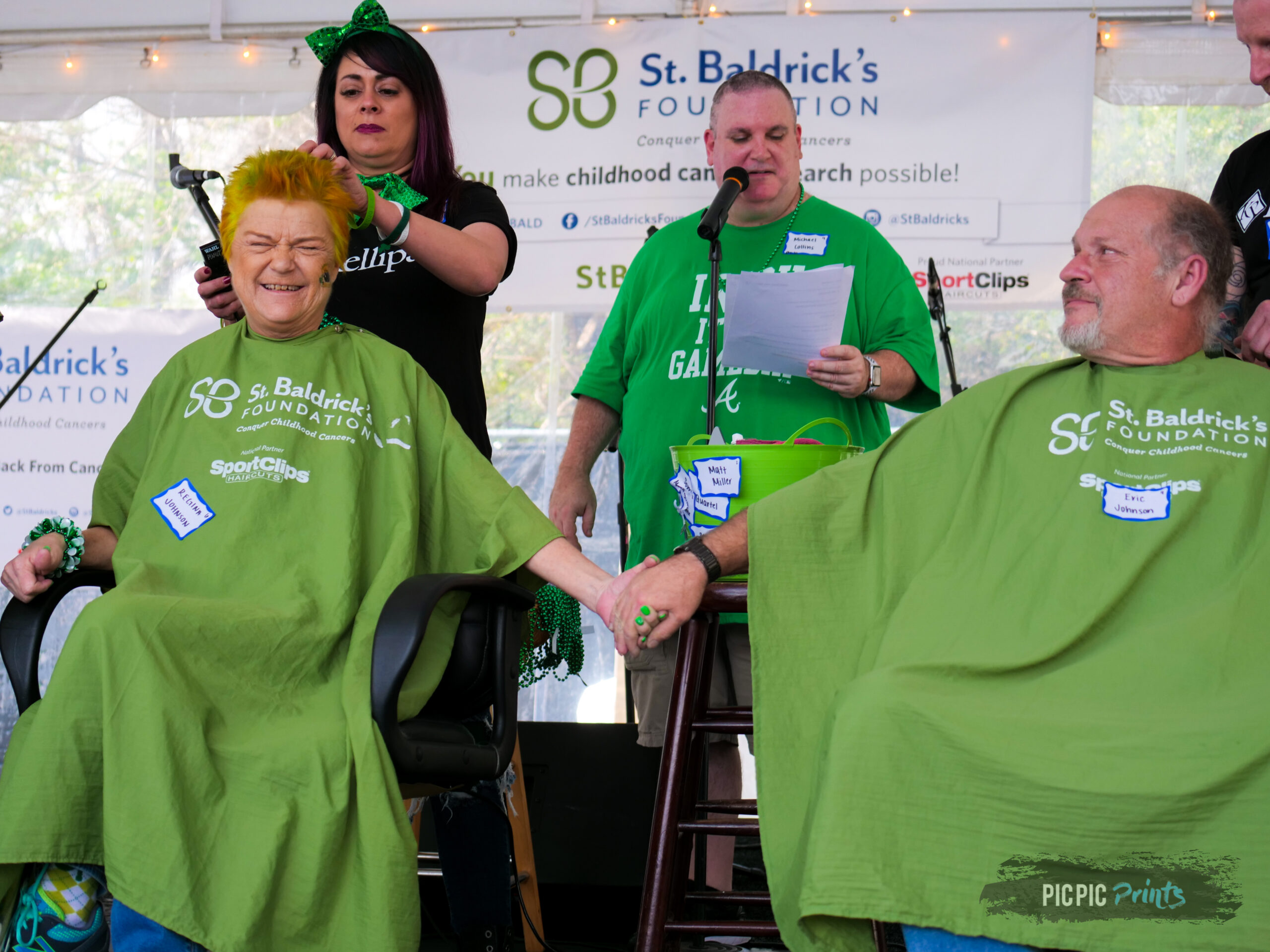
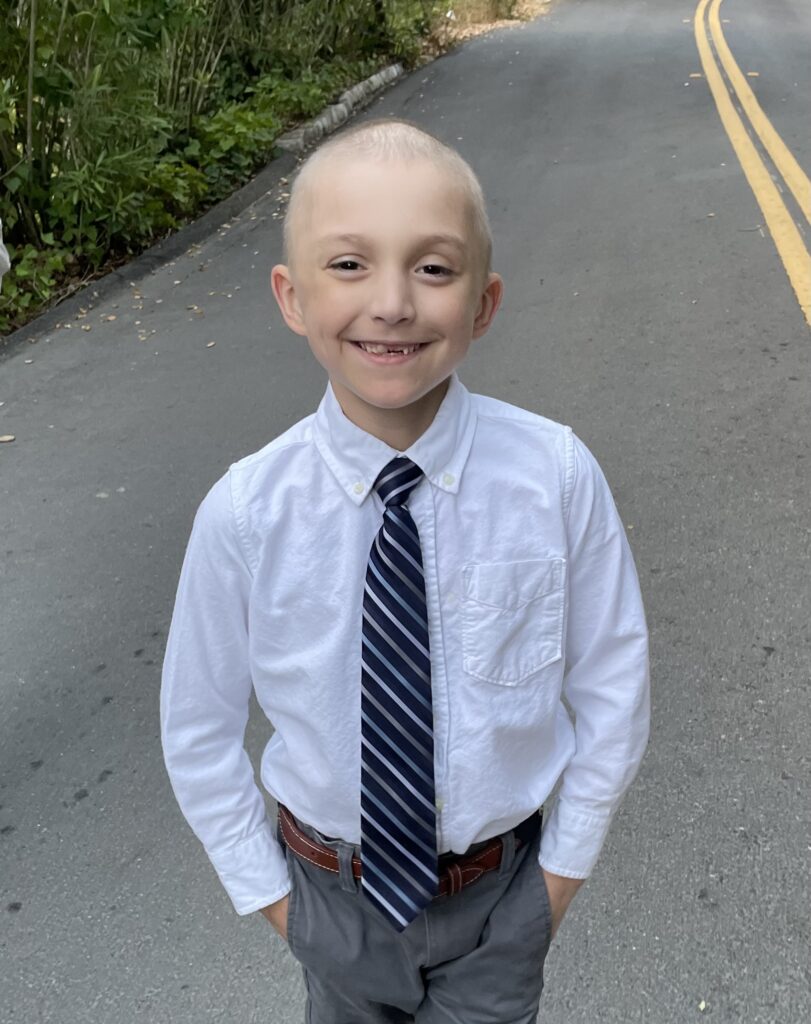
 SBF
Tweets »
SBF
Tweets »